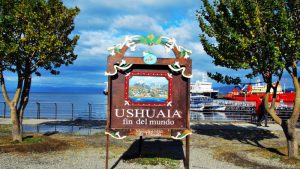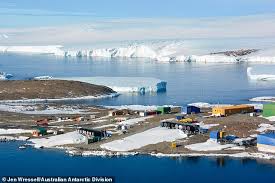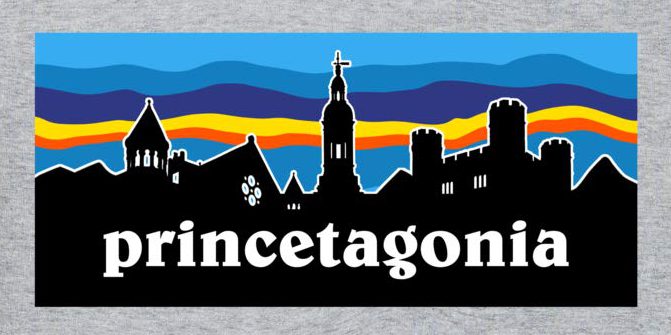An increase in tourism in Patagonia, as well as the progression of Antarctica as a meaningful place in people’s everyday lives has created a rapidly growing industry in Antarctic tourism. Ushuaia, Argentina, called “the most southernmost city in the world” is now considered the gateway city to Antarctica.

Antarctic tourism began in the early 20th century, where cruise ships visited the waters near Antarctica, using Ushuaia, Argentina as a base (Jensen and Vereda, 79). An international airport was constructed in 1995 (Jensen and Vereda 89) that added to the accessibility of the travel destination as well. Patagonia is no longer a faraway destination – hotels, banks, and other tourist accommodations exist. More and more people visit Antarctica, with more cruise ships sailing around the Antarctic Peninsula and Antarctic tourism becoming a “thing to do” for many. The 2007-2008 tourism season of Antarctica saw “44,605 passengers traveling to Antarctica by boat” (Jensen and Vereda, 91).

Tourism in Antarctica has become even more of a hot topic in recent years as Antarctica has received more attention in the climate change movement. The discovery of the hole in the ozone layer, as well as record-breaking ice melts has brought up the issue of “how bad is Antarctic tourism for the Antarctic environment?”
I had a chance to interview founder of Quixote Expeditions, Laura K. O. Smith, about tourism in Antarctica. Quixote Expeditions leads small groups of photographers, scientists, and more on a more personalized trip to Antarctica, providing a different experience from a big cruise ship.

When asked about the impact of Antarctic tourism in the environment, Smith responded that because of the Madrid Protocol, a protocol designed to protect the Antarctic wilderness, tourism companies have very strict policies in place. After all, their industry is dependent on the pristine environment. All tourists are given a presentation on the Protocol in accordance of IAATO (International Associations of Antarctic Tour Operators) on conservation work that occurs in Antarctica and the importance of conservation. By bringing awareness to the tourists, tourism companies like Laura’s hope that their customers take conservation back home with them.
So what is the biggest threat to conservation in Antarctica? Smith did not say “who” has the biggest impact there, but she believes that the countries involved in Antarctica — through labs, research, or industries (ie. fishing) — have a much more substantial impact. Antartica’s human history begins with countries wanting to expand their sovereignty or industries through scientific research and hopes for mineral exploitation. The mistreatment of the land before Antarctic conservation was brought into the spotlight highlights what countries have done in the past for the sake of science and political power.

Further Readings
Howkins, Adrian. “”Have You Been There?” Some Thoughts on (Not) Visiting Antarctica.” Environmental History 15, no. 3 (July 2010): 514-519.
Jensen, Marie, and Vereda, Marisol. “The Origins and Development of Antarctica Tourism Through Ushuaia as a Gateway Port,” in M. Schillat et al., Tourism in Antarctica, 75-99. 2016.
Laura K. O. Smith, FaceTime Call to author, March 30, 2020.

